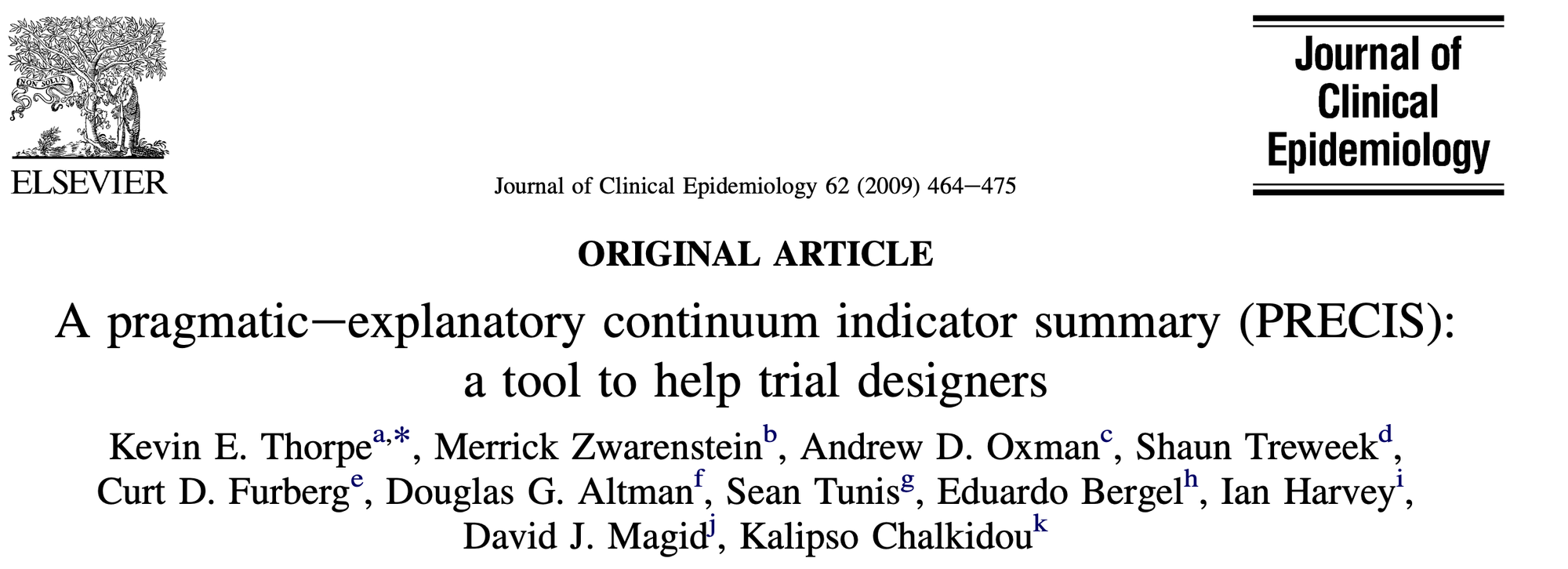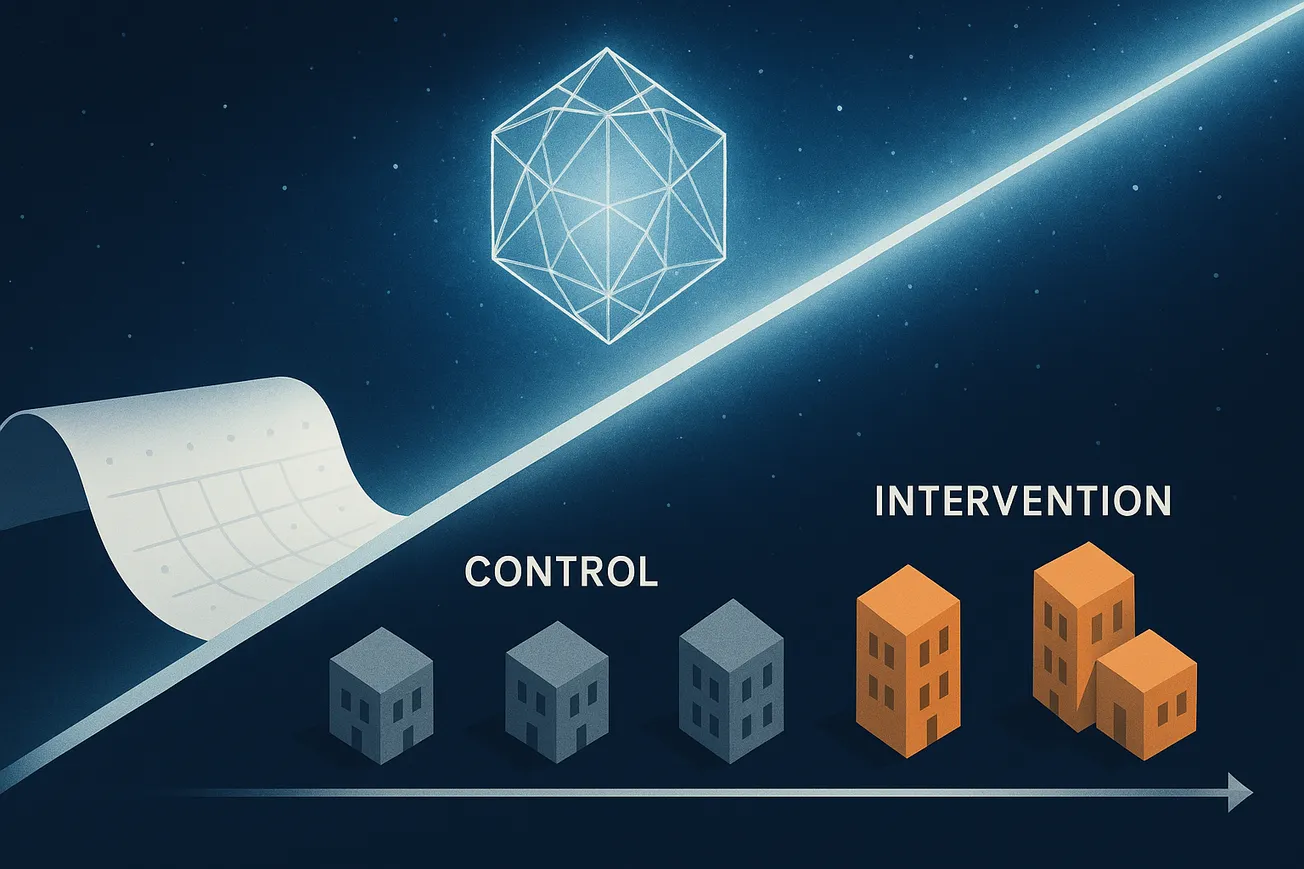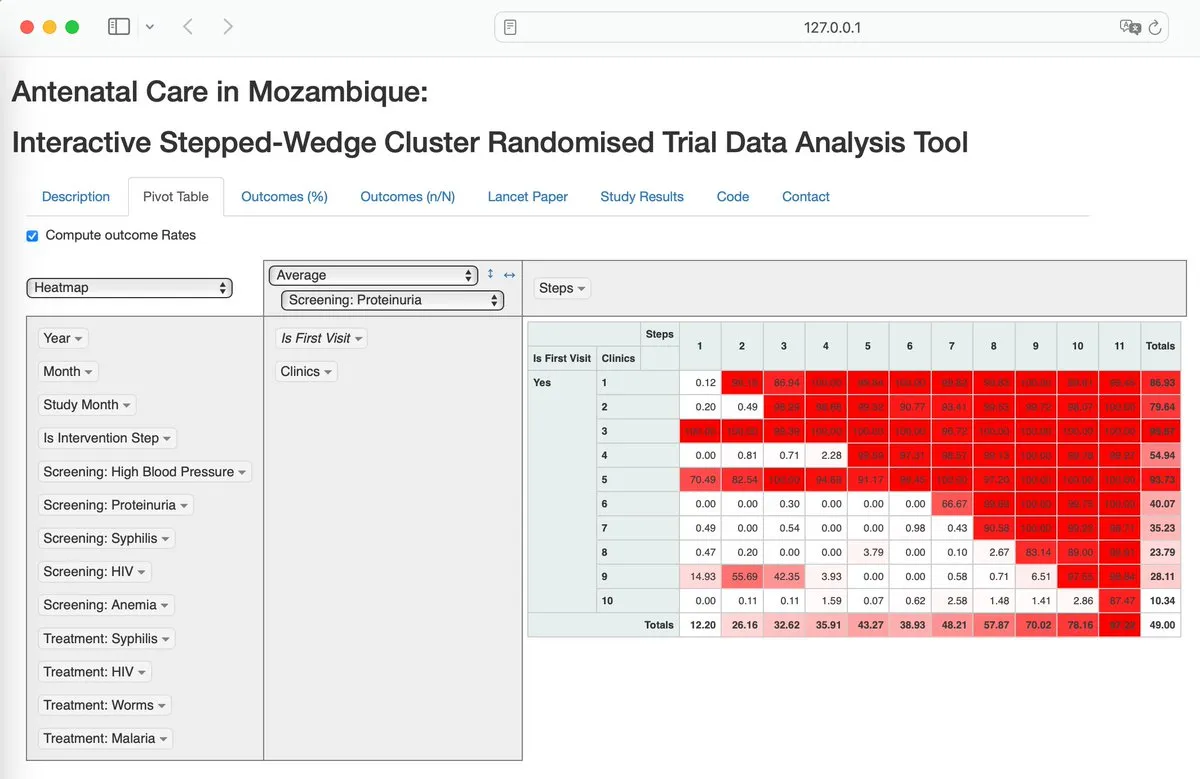Table of Contents

In scientific research, particularly clinical trials, the balance between ideal conditions and real-world applicability is crucial. A commonly used distinction is between "pragmatic" and "explanatory" trials. Pragmatic trials address whether an intervention works under typical, everyday conditions, whereas explanatory trials assess if an intervention can work under ideal, controlled conditions.
The Pragmatic-Explanatory Continuum Indicator Summary (PRECIS) is a tool designed to help researchers explicitly consider this balance. It outlines ten domains crucial for trial design, providing a visual representation of how pragmatic or explanatory a given trial is.
What is the PRECIS Tool?
PRECIS, or the Pragmatic-Explanatory Continuum Indicator Summary, is a tool developed to help researchers ensure their trial design aligns with the stated goal—whether to understand the practical effectiveness of an intervention under everyday conditions or to test its efficacy under strictly controlled conditions.
Pragmatic vs. Explanatory Trials
- Pragmatic trials focus on the question: "Does this intervention work under usual conditions?" These trials aim for wide applicability, minimal restrictions on participants, and routine clinical settings.
- Example: A pragmatic trial might test a common medication administered by regular healthcare providers without strict monitoring or specialized training.
- Explanatory trials ask, "Can this intervention work under ideal conditions?" They are tightly controlled, with selective participant criteria, specialized practitioners, and intensive monitoring.
- Example: An explanatory trial might strictly control who administers a surgical intervention, ensuring they have extensive training and closely tracking patient compliance.
The 10 Domains of PRECIS
PRECIS evaluates trials on the following domains:
- Participant Eligibility Criteria: Pragmatic trials include broad populations, whereas explanatory trials strictly select participants most likely to respond.
- Experimental Intervention Flexibility: Pragmatic trials allow flexibility in administering interventions; explanatory trials enforce strict protocols.
- Experimental Intervention Practitioner Expertise: Pragmatic trials allow any practitioner to participate; explanatory trials require highly specialized and experienced professionals.
- Comparison Intervention Flexibility: Pragmatic trials use usual practice as a comparison; explanatory trials may use controlled or placebo interventions.
- Comparison Intervention Practitioner Expertise: Mirrors experimental expertise but focuses on the comparison group.
- Follow-up Intensity: Pragmatic trials use routine or minimal follow-up; explanatory trials involve intensive follow-up schedules.
- Primary Trial Outcome: Pragmatic outcomes are meaningful in usual practice and easily measured; explanatory outcomes might include specialized assessments.
- Participant Compliance: Pragmatic trials don't enforce or measure compliance rigorously; explanatory trials implement strict compliance strategies.
- Practitioner Adherence: Pragmatic trials permit variability in practice adherence; explanatory trials closely monitor and enforce adherence.
- Analysis of Primary Outcome: Pragmatic analyses focus on intention-to-treat principles reflecting real-world scenarios; explanatory trials might use detailed subgroup analyses to identify specific mechanisms or effects.
Why is a Pragmatic Approach Essential?
Science often faces the challenge of balancing rigor with relevance. Highly explanatory trials provide important foundational knowledge about mechanisms and potential efficacy but may lack practical application in real-world conditions. Pragmatic trials, on the other hand, reflect the variability of actual practice, making their findings more relevant and easily generalized.
For example, a pragmatic trial assessing tuberculosis treatment through directly observed therapy (DOT) in routine clinical settings directly informs how well a treatment strategy works in everyday practice without strict controls or interventions. Such trials are crucial because they provide realistic insights into how effective treatments will actually be when widely adopted.
Visualizing Pragmatism with PRECIS
The PRECIS tool visually represents the pragmatic-explanatory balance of a trial using a wheel-shaped graph, allowing researchers to identify inconsistencies and ensure alignment with the trial’s intended purpose. Such visual aids facilitate clear communication of a trial’s design intentions to funders, policymakers, and clinicians who must implement the results.
Real-Life Implications
By employing pragmatic approaches, trials become directly applicable to the real world, providing clinicians, policymakers, and patients with results that can be translated into immediate practice. The ability to generalize findings to broader populations is significantly enhanced through pragmatic methodologies, thereby improving the utility of research outcomes in clinical and policy-making decisions.
In conclusion, embracing pragmatism in clinical trials bridges the gap between theoretical research and practical application, ensuring that scientific findings truly inform and improve real-life clinical practice.







